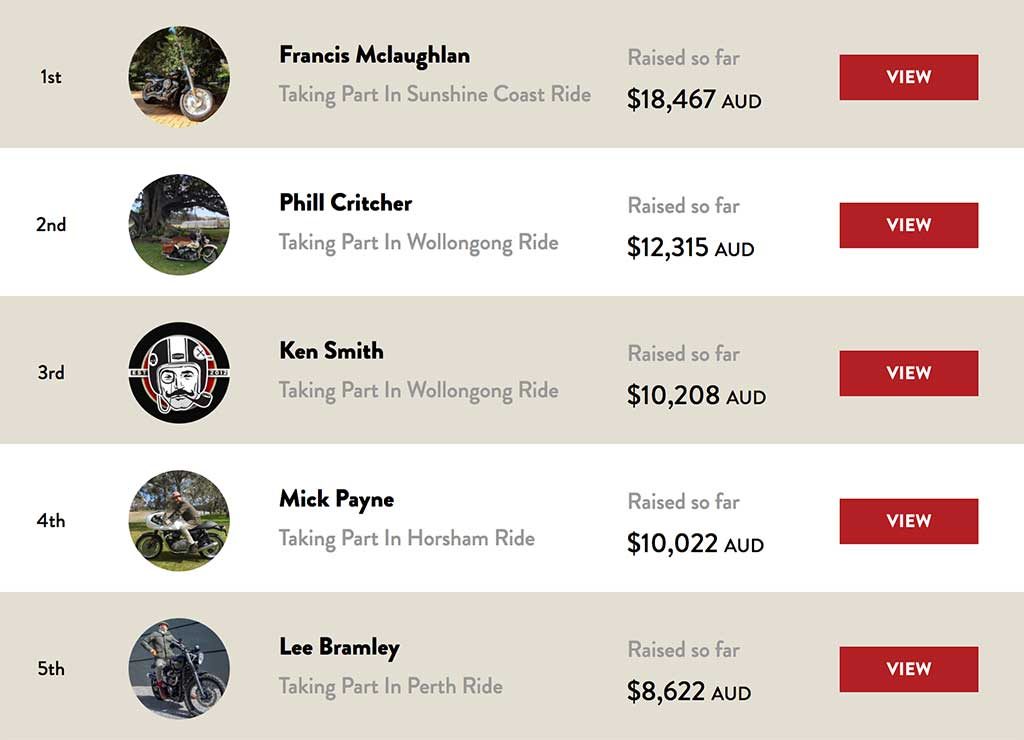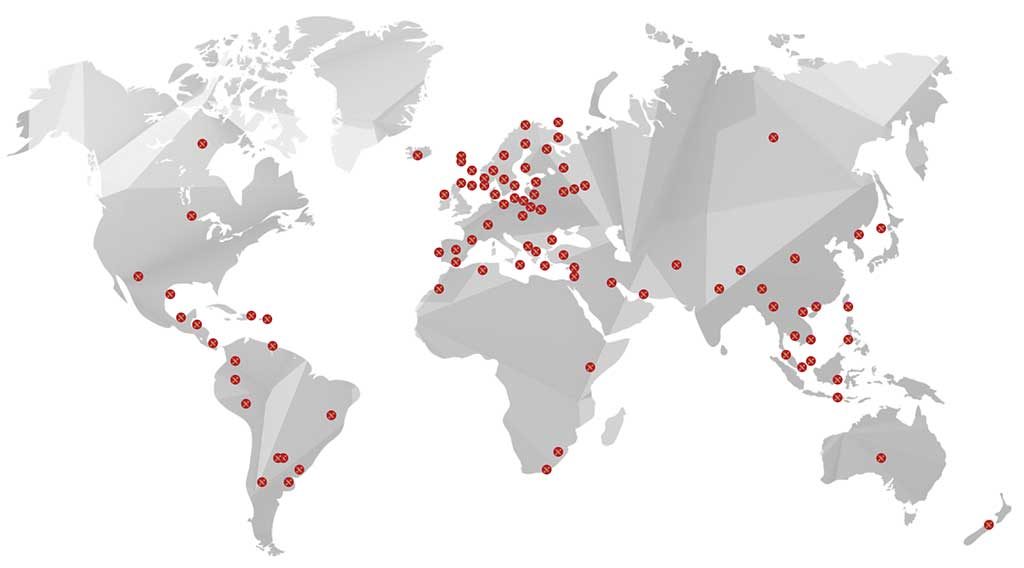Australia is gripped by a secret epidemic of high-functioning addiction, with millions estimated to be suffering some form of habit across the country.
“I remember when the doctor first prescribed them, he was so casual about it. Like it was something he did all the time, no big deal. I don’t know, maybe if he had been more concerned, warned me about them, how strong they were, things wouldn’t have panned out the way they did.” Martin was first prescribed the common but powerful sedative Zopiclone in 2012, when a severe asthma attack left him with persistent, anxiety triggered insomnia. “Sleep is something you just can’t go without. They say you can go three weeks without food, three days without water. Try going more than a couple days without sleep. It’s torture, complete torture.”
Like many “high-functioning” addicts, Martin did not fit the assumed stereotype. He was in full-time employment, married, and was seemingly in control of his faculties. He turned up for work, paid his bills, continued to see his friends and family. But every night he would sink ever deeper into a dependence on powerful prescription sleep medications, and as his tolerance grew, the lengths he would go to to maintain his habit became increasingly extreme.
“The type of sedative I was on, well it’s recommended you don’t use it for more than five days consecutively. But I’d been prescribed a three-month supply. It was completely fucked. I had become totally reliant on them before I’d even realised that I had a problem,” Martin shares. “When my GP finally questioned how long I’d been on them, I’d already trebled my original dose. I started going to multiple doctors’ surgeries to keep up a supply, and when that became difficult I bought them online. I refused to accept personal responsibility. I was fucking furious at the doctor who prescribed them in the first place, but I wouldn’t acknowledge how I’d let things get so bad. I mean, I knew things had gotten out of control, but I still didn’t think of myself as an ‘addict’.”
Martin wasn’t alone in that opinion. In Australia, most people’s understanding of addiction comes from the country’s hugely visible ice and alcohol problem, which is synonymous with the widely held impression of the homeless and the unemployed. As can be found on the streets of many Australian cities and towns, the familiar gaunt faces of ice addicts, marked with sores, teeth rotted, has created a vivid misrepresentation of addiction, as something which is easily seen and limited to those living on the fringes of society. Excessive, conspicuous drug use appears reckless and easily damnable. Even the derogatory slang we use to talk about drug users, as “meth heads” and “junkies”, reveals how we’re more likely to treat addicts with contempt than compassion.
However, in reality addiction is far more common and harder to spot than we might believe, particularly in urban centres where illicit substances are readily available and use is largely normalised. Recreational dabbling is an unproblematic part of many people’s social lives, and prescription medication is the backbone of our health system. However, under certain conditions, reasonable use can slide into full-time dependency, and the stigma of addiction is often the greatest barrier to recovery for high-functioning addicts, who keep their problem secret out of shame. Consequently, fixes can become an entirely private, and far more dangerous, activity. The deaths of Heath Ledger from an accidental prescription drug overdose in 2008 and Philip Seymour Hoffman in 2014 from a heroin overdose, both of whom died while alone, offer two cautionary examples of how addiction can take root even amongst seemingly successful, outwardly healthy people.
It’s common knowledge that ice — the cheaply produced and widely obtainable drug methamphetamine, otherwise known as ice, meth or tina — is one of the biggest drug issues for Australia’s homeless. But its equally widespread use by affluent, moneyed, high-power professionals, who value it as both a party and sex drug, is leading to one of Australia’s widest-reaching yet least visible drug-use emergencies. Alex was a promising medical student the first time he tried ice. Using it only occasionally for recreational purposes over the course of several years, his use finally spiralled out of control when it became an integral part of a relationship. “It became part of a pattern, where intimacy was only possible if we were both intoxicated. It was right at the end of that relationship that I started to use during the week, to avoid the come downs, which had become pretty brutal. It made no sense to me at the time to go through this horrible withdrawal just to go through it all again days later.”
A common trait of high-functioning addicts is their belief that they can still choose not to use, despite being chemically and psychologically dependent. Alex allowed his own substance abuse to continue, believing he could quit at any time. “There was part of me that knew it was getting out of control, but a much louder voice was saying, ‘You can stop this whenever you want to. You’re fine.’ And the truth is that I didn’t want to stop at that point.” Alex likens his ice use to the caffeine fix most of us crave first thing in the morning. “It was just like drinking cups of coffee for me,” he says, a pattern that he maintained for almost two months undetected. “I was extremely isolated, despite being at work and seeing people all day. I was withdrawn and disconnected from any objectivity. And that’s how I allowed it to continue.”
Alex is now in recovery, but it took losing his job and acquiring several chronic health issues to make him want to get clean. Francis McLaughlin, founder of Queensland-based recovery centre The Health Retreat, says Alex’s story is a familiar one. “High-powered professionals are amongst the most at risk. The real issue is stress – performance anxiety and the pressure to deliver. This leads to psychological issues like depression, but these are rarely identified and managed. In the past, alcohol was the main crutch people used, but now with the availability of drugs like ice, and the social and sexual sides of those substances which seem to tackle feelings of depression and low self-worth, we’re finding more and more professionals using heavily. It’s actually cheaper to buy meth than alcohol. It’s a crisis on a massive scale. Ice is being used in every city and country town in Australia – we’re talking millions of addicts nationwide.”
A figure in the millions vastly overreaches official projections, which places the number of daily meth users in Australia at approximately 300,000. However, the adoption of new anonymous screening methods is painting a very different picture. Secret testing of raw sewage in key urban centres across the country earlier this year revealed on average one in every 28 Australians are believed to be using meth on a daily basis — nearly 1.5 million people. Western Australia is the nation’s meth capital and one of the most addicted locations in the world, coming only second behind Slovakia in a global poll. One in 17 people were estimated to be daily users in the state, equating to more than 1.5 tonnes of meth used annually, or 56 million doses a year in WA alone.
McLaughlin says meth has many attractive attributes for elite professionals, but the scale of the drug use, masked by the increasing number of functional addicts, poses a near insurmountable public health crisis in Australia. “I’m generalising here, but you find that a lot of intelligent people use meth, because the performance you get in that first six months to 12 months is quite astounding. But then, of course, the downside is terrible. I’ve treated lawyers, doctors, senior executives, footballers, government workers. I’ve treated mums, dads, grandparents, kids from top private schools. The biggest crisis in Australia’s meth epidemic isn’t the kind of addict we see on the street. It’s the addicts that are hidden behind closed doors.”
Meth addiction, illicit substance abuse and alcoholism top the list of Australia’s most visible vices, but alongside these threats to the public health is another kind of habit, and it’s becoming one of the country’s most prevalent secret addictions. Australia’ s gambling problem directly harms around 115,000 people nationwide. However, the knock-on effect for families is estimated to be around five to ten people per gambling addict. Aussies spend a whopping $23 billion annually on gambling, with nearly half that going down the pokies. Whereas efforts to curb drug importation and distribution are a priority in Canberra, government urgency to address the issue of gambling addiction is relatively scant. This may well be because of how lucrative the gambling industry is for Australian politicos, with somewhere in the order of $5.8 billion in revenue flowing into government coffers every year.
Other forms of addiction fly under the radar because some — including psychiatrists, psychologists, therapists, and addiction counsellors — question if they even exist. This includes plastic surgery addiction and sex addiction. For these types of addicts, their struggle is easily turned into a laughing matter or dismissed as extravagance, self-centeredness, or attention seeking. Nonetheless, the effect on their social, financial and personal lives can be devastating. Francis McLaughlin believes critical weaknesses in widely recognised rehabilitation methodologies, such as the famous 12-step program, can, in fact, be dangerous aggravating factors. “The underlying issue I find in almost every case I work on is cripplingly low self-worth. We have to stop talking about theory; in my opinion, the 12 step program or NA or whatever, they are only marginally helpful. The problem is, they reinforce the sense of shame that traps people in addictive behaviours in the first place. Shame comes to define who they are. We should be drawing a line in the sand and giving addicts the emotional tools to go forward with their lives.”
Some names have been changed in this article to protect the identities of interviewees.
Article Link











